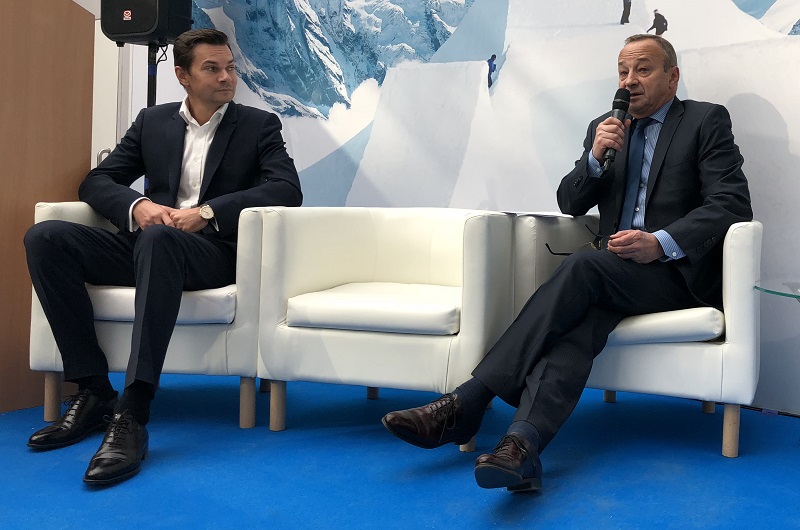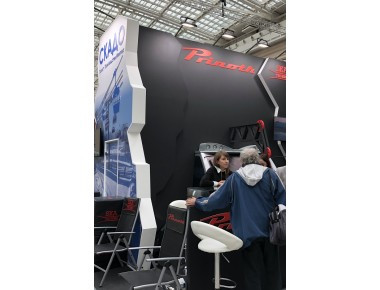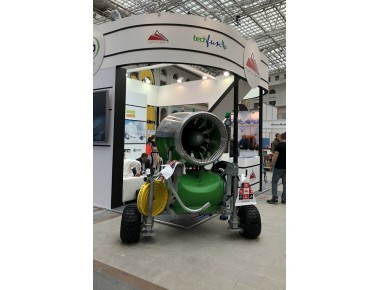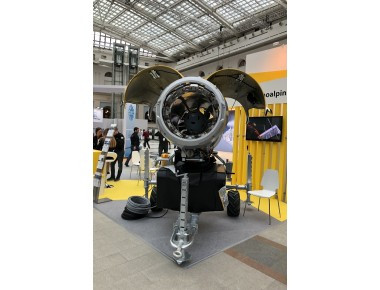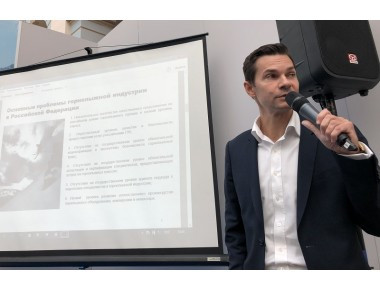A concept for ski industry development in Russia presented at Ski Build Expo
On Friday, October 20, at the 24th Moscow Ski Build Expo 2017, experts in construction, operation and promotion of winter resorts introduced the ski industry development concept in the Russian Federation until 2030, drafted together with Joint-Stock Company Northern Caucasus Resorts and Ski Industry Union by order of Dmitry Medvedev, the Prime Minister.
‘What is called the ski industry, is a multi-disciplinary activity. It includes both construction and management, selling services and promotion of resorts. At each stage, tasks arise to be addressed effectively, in order for the investors’ expenses to pay back and for the tourist demand to be met. This document will be fundamental for the whole industry, so it is very important for us to make it literate and comprehensive, to answer all the questions,’ Mikhail Musinyants, President of the Moscow Ski Expo, who opened the presentation, said.
‘The ski industry is one of the most socially and economically effective segments of tourism. The prepared concept exactly defines the notion of ski industry, sets a list of sectoral issues and formulates tasks to be addressed at the state level to develop the ski industry in our country as a full-fledged sector of the economy,’ Vladislav Subbotin, the Director of the Expert Analysis Department of JSC NCR, Executive Director of the Ski Industry Union, said.
The expert stressed that the ski industry in Russia is developing in line with global trends. Thus, about 300 ski resorts are already operating in Russia, while there are 254 in Austria and 325 in France, but given the land area of Russia, their density is much lower than in European countries. The number of major ski resorts with more than 5 running ropeways is lower as well, their share makes up only 16% of the total number of winter resorts; in contrast, in Austria and France, this ratio is 78% and 72%, respectively.
There has been a steady growth in the number of skiers and snowboarders in Russia. ‘Now in our country about 3% of the population, or 4.2 million people, are going out for skiing, there is an increase of 0.5% compared to previous years. The measures we suggest in the concept should increase this rate up to 8%,’ he said.
According to Vladislav Subbotin, demand for ski resorts services is growing across the country, and in some regions, there is already shortfall of commensurate tourist supply. ‘For example, the North Caucasus Federal District, along with the Krasnodar Territory, Kemerovo Region, Moscow and the Moscow Region, and St. Petersburg and the Leningrad Region, is one of the most popular regions by visits to ski resorts. However, in the same time, it is not ranked in top five in terms of their number. That is, an obvious conclusion can be made on demand for platforms to be gradually commissioned by Northern Caucasus Resorts, developing the tourist cluster. Let us recall these are the following resorts: Arkhyz in Karachay-Cherkessia, Elbrus in Kabardino-Balkaria and Veduchi in the Chechen Republic’, a spokesman of the Ski Industry Union said.
Speaking about the exact measures to develop the ski industry, which have been already elaborated with sector representatives, sports organizations and federal authorities, Vladislav Subbotin brought out the need to use property tax benefits in part of mountain ski equipment, reducing the rents for land plots to lay pistes, state subsidizing of loan and lease interest rates for equipment for ski resorts. He also emphasized the critical importance of the integration of ski industry development projects in relevant government programs.
Following discussion of the document by experts participating in the 24th Moscow Ski Build Expo 2017, the draft concept of ski industry development in the Russian Federation until 2030 will be finalized and forwarded to the Government of the Russian Federation for approval. The project will bring together specialized federal executive bodies.
